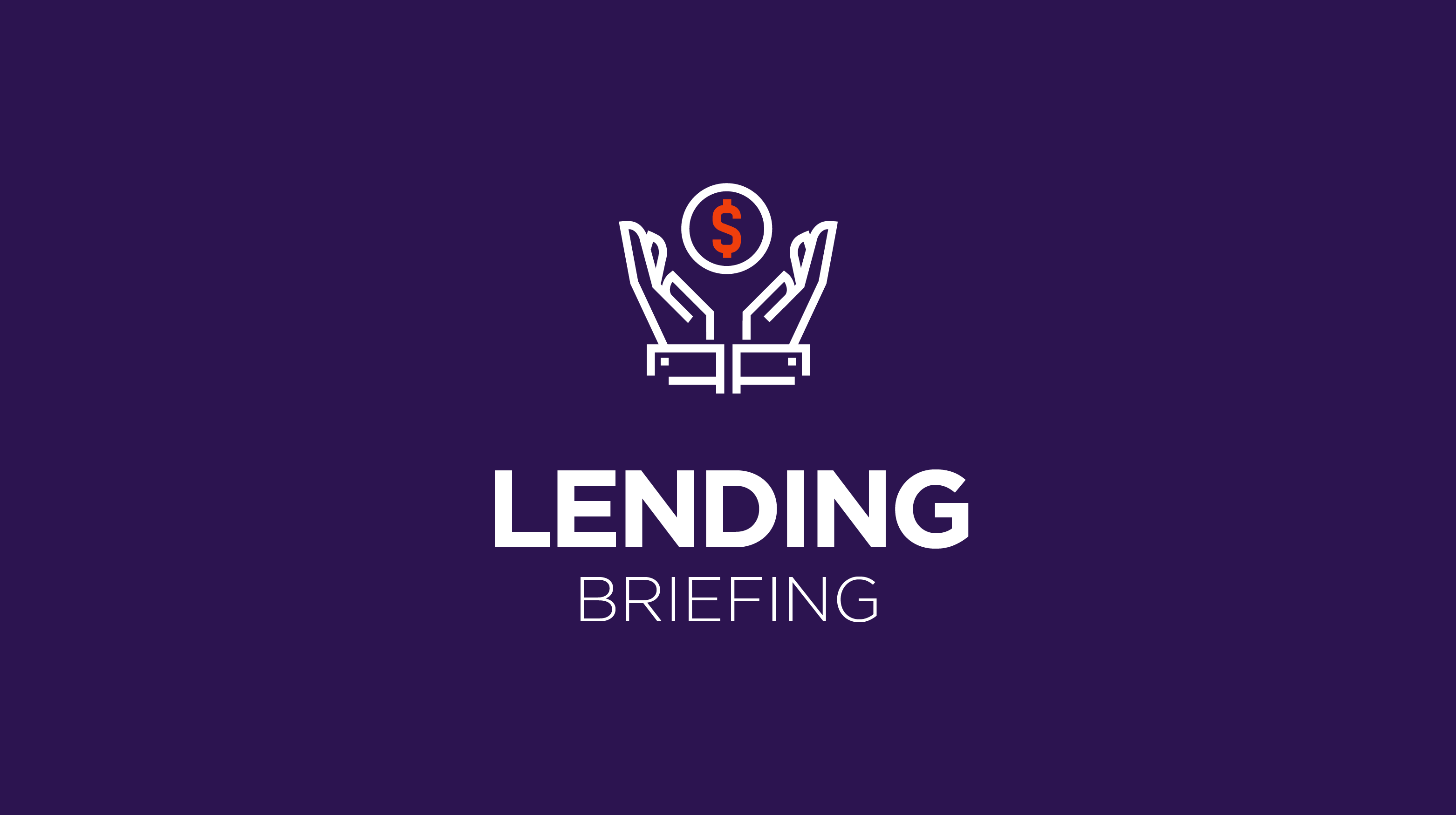Member Exclusive
Lending Briefing: The 2021 credit market recovery and Klarna’s annual results
- After the pandemic caused lenders to be cautious, the credit markets have opened again in 2021, thanks to positive economic signs from borrowers.
- The earnings season has begun and Klarna posted its 2021 annual results. The BNPL player's mounting losses are a result of its strategy to invest in growth.








